Mexican Red Knee Tarantula Defense Secrets
The Mexican Red Knee Tarantula (Brachypelma hamorii) is a captivating creature, admired by many for its striking appearance and relatively docile nature. However, like all living beings, these tarantulas possess a range of defense mechanisms to protect themselves from perceived threats. Understanding these defense secrets is crucial for anyone considering keeping a Mexican Red Knee Tarantula as a pet or simply interested in learning more about these fascinating arachnids. This guide delves into the various ways these tarantulas defend themselves, offering valuable insights into their behavior and survival strategies.
Understanding the Mexican Red Knee Tarantula
Before exploring their defense strategies, it’s essential to understand the Mexican Red Knee Tarantula’s natural environment and potential threats. These tarantulas are native to the arid and semi-arid regions of the Pacific coast of Mexico. In the wild, they typically inhabit burrows, where they ambush prey and seek refuge from predators. Their survival depends on their ability to avoid being eaten and successfully capture food. Their defense mechanisms have evolved over millennia to ensure their survival in a challenging environment.
Habitat and Natural Threats
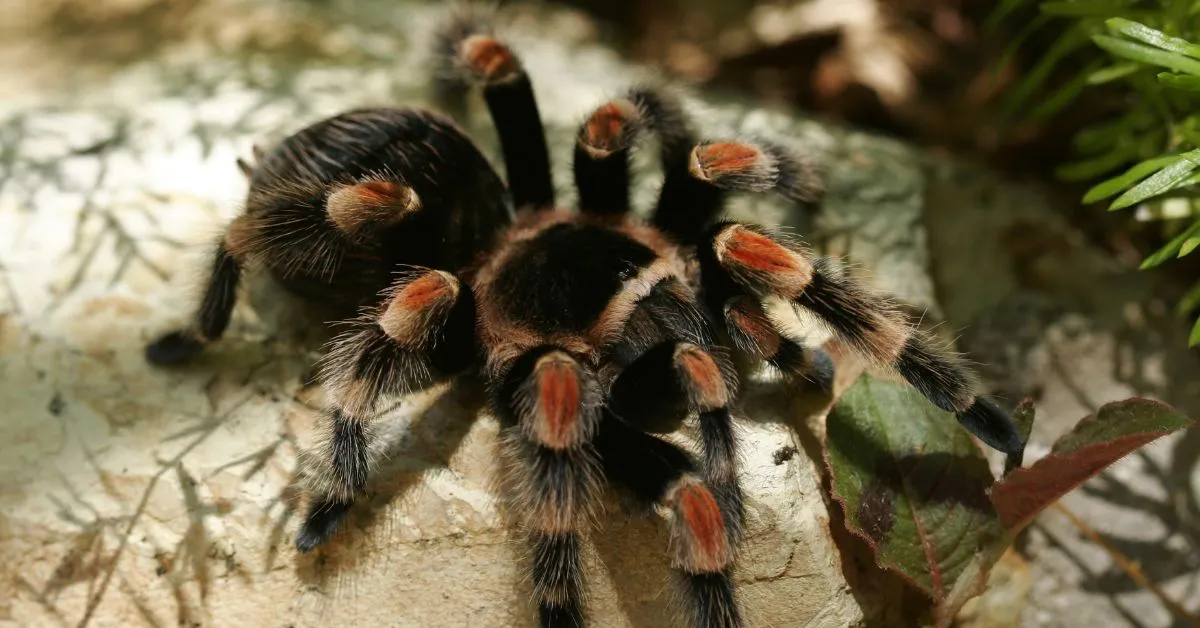
In their natural habitat, Mexican Red Knee Tarantulas face threats from various predators, including birds, snakes, and larger mammals. They also compete with other tarantulas and arthropods for resources. The harsh climate, with its limited food and water availability, presents another challenge. Their defenses have evolved to cope with these challenges, from physical defenses to behavioral adaptations.
Key Defensive Mechanisms
Mexican Red Knee Tarantulas employ several defense mechanisms when they feel threatened. These strategies range from passive defenses, like camouflage, to active ones, such as biting. The specific defense a tarantula uses depends on the nature of the threat and its perceived severity. Here are the most common defensive mechanisms these tarantulas utilize.
Shedding Hairs (Urticating Hairs)
One of the primary defenses of the Mexican Red Knee Tarantula involves specialized hairs called urticating hairs. These hairs are located on the abdomen and are shed when the tarantula feels threatened. The tarantula will use its hind legs to flick these hairs towards a potential attacker. These hairs are a significant deterrent and can cause considerable discomfort and irritation to the attacker.
How Urticating Hairs Work
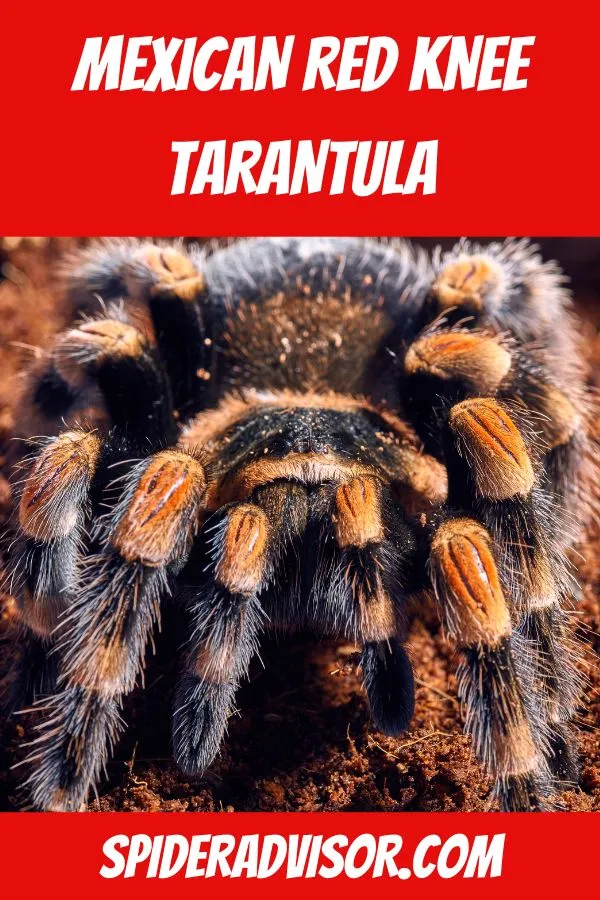
Urticating hairs are microscopic barbs that embed themselves in the skin or mucous membranes of the attacker. This embedding action causes intense itching and irritation. The hairs can cause a rash, swelling, and, in some cases, respiratory distress if inhaled. The severity of the reaction depends on the quantity of hairs encountered and the sensitivity of the individual. This defense is highly effective against many predators.
Biting
Mexican Red Knee Tarantulas are venomous, and they can bite if they feel severely threatened or if they are mishandled. While their venom is not typically lethal to humans, it can cause pain, swelling, and other localized symptoms. The bite itself can be painful due to the tarantula’s large fangs. Bites are usually a last resort, employed when other defenses have failed.
The Role of Venom
The venom of the Mexican Red Knee Tarantula is primarily designed to subdue prey. It contains neurotoxins that paralyze insects and small animals. In humans, the venom causes a localized reaction. The tarantula’s fangs inject the venom, and the effects can range from mild discomfort to more severe symptoms, depending on the individual’s sensitivity and the amount of venom injected. It’s essential to be cautious and avoid any actions that might provoke a bite.
Fleeing
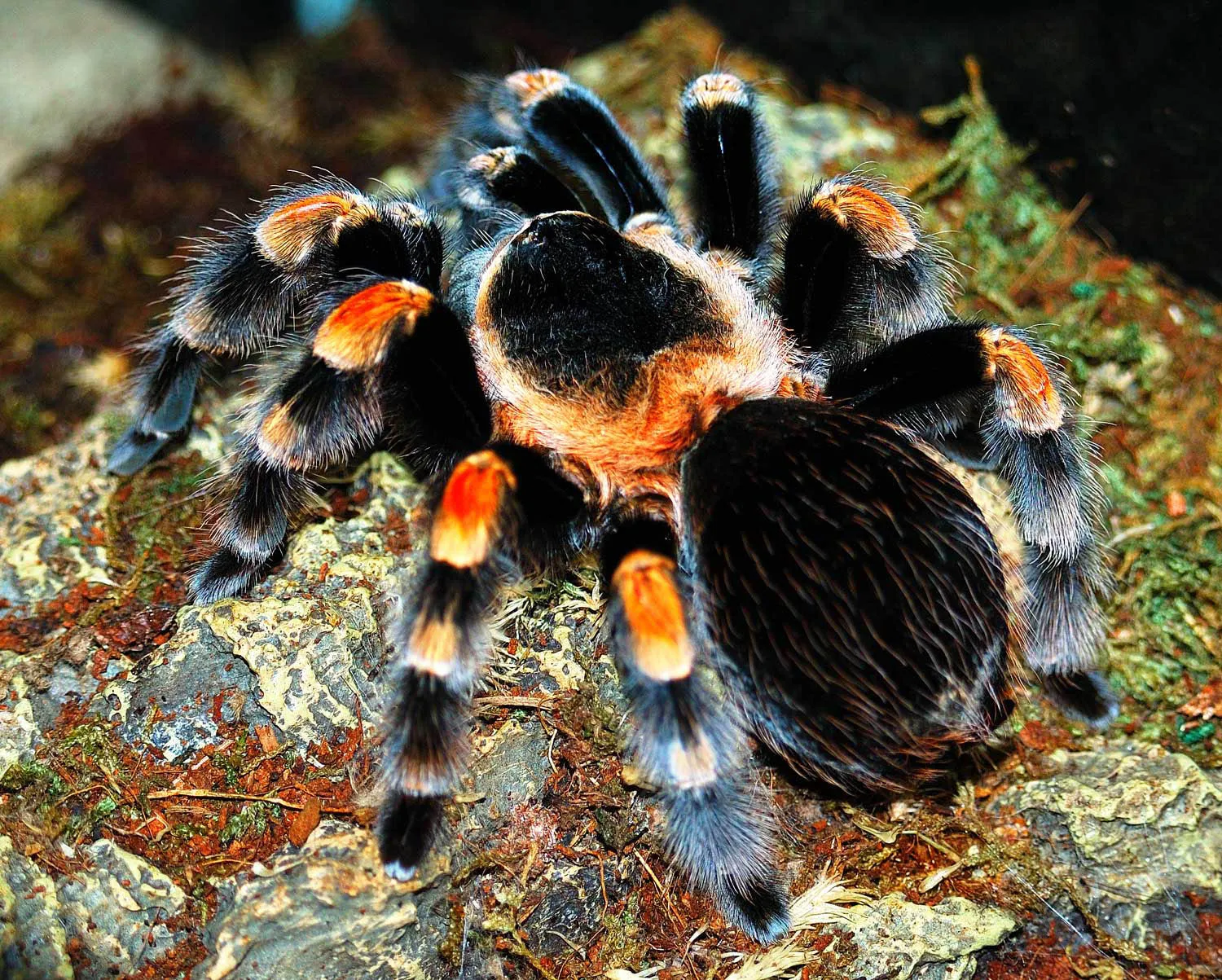
One of the primary defenses of the Mexican Red Knee Tarantula is to flee from a perceived threat. Their legs are adapted for running, and they can move surprisingly quickly. This flight response is their first line of defense. They will often retreat into their burrow or hide under cover to avoid confrontation. This behavior minimizes the risk of injury and allows them to conserve energy.
Defensive Posture
When a Mexican Red Knee Tarantula feels threatened and cannot flee, it may adopt a defensive posture. This posture usually involves raising its front legs and fangs, displaying its fangs, and presenting its abdomen towards the perceived threat. This display is a warning signal, indicating that the tarantula is prepared to defend itself. The raised posture makes the tarantula appear larger and more intimidating.
Other Defense Strategies
In addition to the primary defense mechanisms, Mexican Red Knee Tarantulas utilize other strategies to protect themselves from predators and environmental challenges. These strategies include camouflage, hissing, and their choice of habitat.
Camouflage and Mimicry

The coloration of the Mexican Red Knee Tarantula provides some camouflage within its natural environment. The reddish-orange hairs blend well with the soil and vegetation of their habitat. They also attempt to remain still when a threat approaches, making them more difficult to spot. By blending into their surroundings, they reduce the risk of being detected by predators.
Hissing
Some tarantulas, including the Mexican Red Knee, can produce a hissing sound. This is achieved by rubbing their legs together and serves as a warning signal to potential threats. The hissing sound may startle the predator and give the tarantula a chance to escape. It’s a display of aggression used in self-defense.
The Importance of the Environment
Providing a suitable environment is critical for the well-being and safety of a Mexican Red Knee Tarantula. The enclosure should mimic their natural habitat and offer opportunities for them to feel secure and protected. A stressed tarantula is more likely to exhibit defensive behaviors, including flicking urticating hairs or biting.
Providing a Safe Enclosure
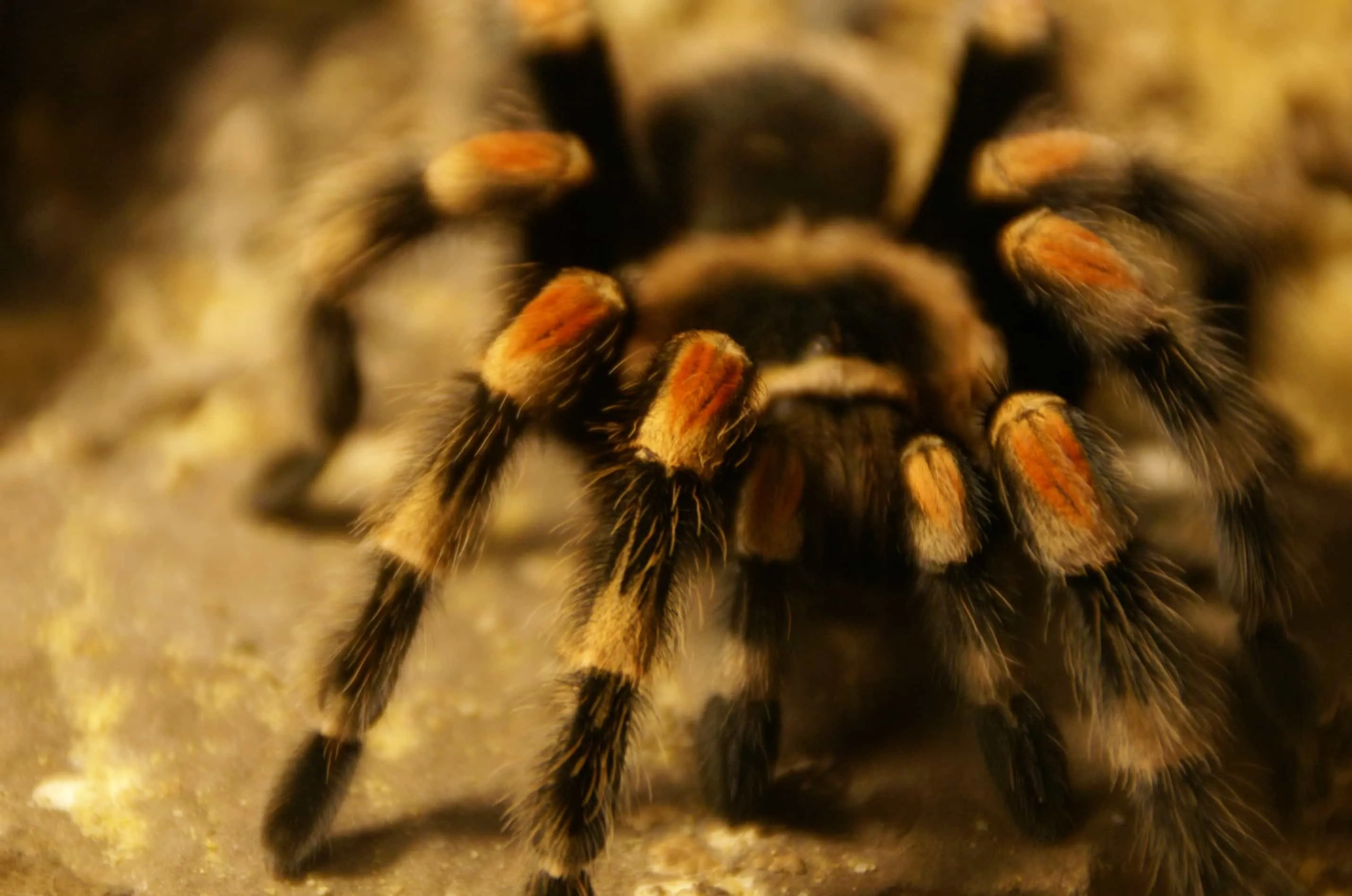
A safe enclosure for a Mexican Red Knee Tarantula should include a substrate that allows the tarantula to burrow, such as a mix of coconut fiber and peat moss. The enclosure should be large enough to provide ample space for the tarantula to move around. It should also have a secure lid to prevent escape. Proper ventilation is essential to maintain the correct humidity levels while preventing mold or mildew growth.
Temperature and Humidity
Maintaining the correct temperature and humidity levels is vital for the health and well-being of your tarantula. The ideal temperature range is between 75-85°F (24-29°C), and the humidity should be kept around 60-70%. Regular misting with dechlorinated water helps maintain the humidity levels. Monitoring temperature and humidity with a thermometer and hygrometer is crucial.
Hiding Places
Providing hiding places is essential for reducing stress in a Mexican Red Knee Tarantula. This can include cork bark, hollow logs, or artificial hides. These hiding places allow the tarantula to retreat when it feels threatened or wants to rest. Providing multiple hiding spots will help the tarantula feel secure in its environment, reducing its need to resort to defensive behaviors.
Proper Handling Techniques
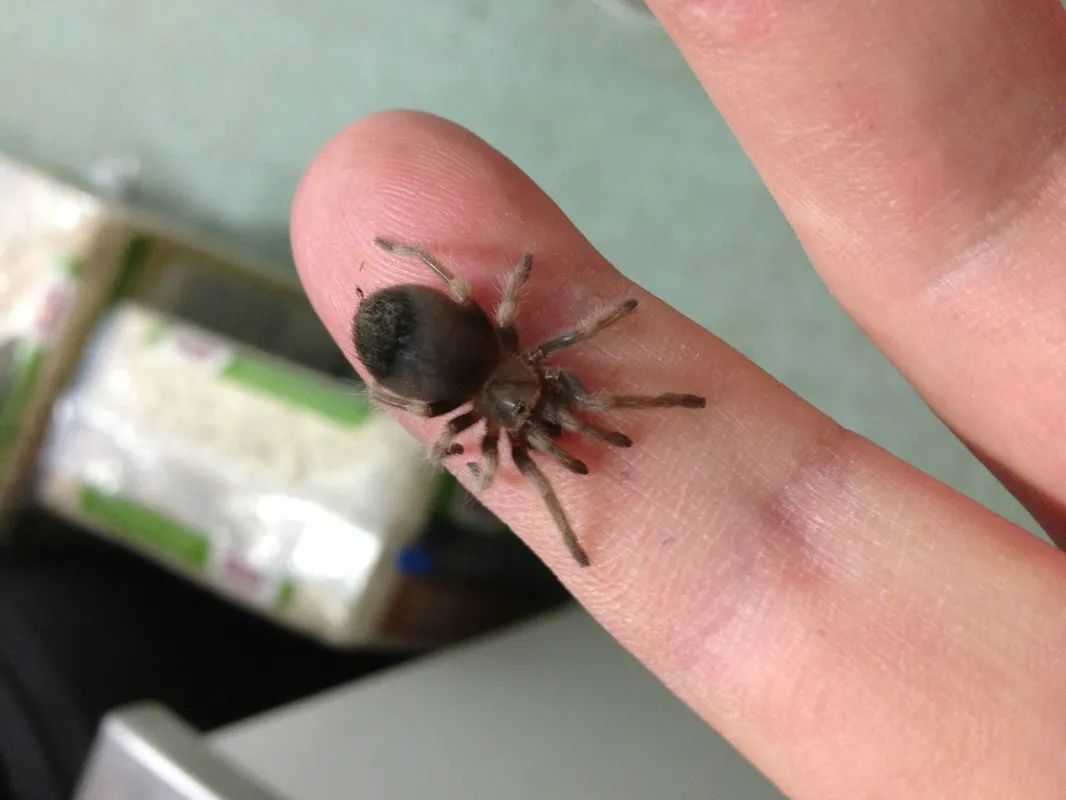
If you must handle your Mexican Red Knee Tarantula, do so with caution and awareness. Minimize handling as much as possible, as this can be stressful for the tarantula. Always approach the tarantula calmly and avoid sudden movements. Understanding their defensive behaviors is essential for safe handling. The goal is to minimize any reason the tarantula feels the need to defend itself.
Minimizing Stress
Stress can trigger defensive behaviors in tarantulas. To minimize stress, avoid loud noises, vibrations, and sudden movements near the enclosure. Ensure the enclosure provides a comfortable and secure environment. Only handle the tarantula when necessary, and always do so with patience and gentleness. Regular cleaning and maintenance of the enclosure will help maintain a healthy and stress-free environment.
Recognizing Defensive Behavior
Learning to recognize the signs of defensive behavior is essential. This includes the tarantula adopting a defensive posture, flicking urticating hairs, and hissing. If you notice these behaviors, it’s best to leave the tarantula alone and avoid handling it. Understanding these cues allows you to interact with the tarantula safely and minimize the risk of being bitten or exposed to urticating hairs.
Conclusion
The Mexican Red Knee Tarantula has developed a remarkable array of defense mechanisms to survive in its environment. Understanding these defenses is key to appreciating these fascinating creatures and ensuring their well-being, whether in the wild or captivity. By providing a suitable environment, minimizing stress, and handling them with care, you can help them live a long and healthy life. Appreciating the Mexican Red Knee Tarantula’s defense secrets will enable you to interact with them safely and foster a deeper understanding of these intriguing arachnids.
